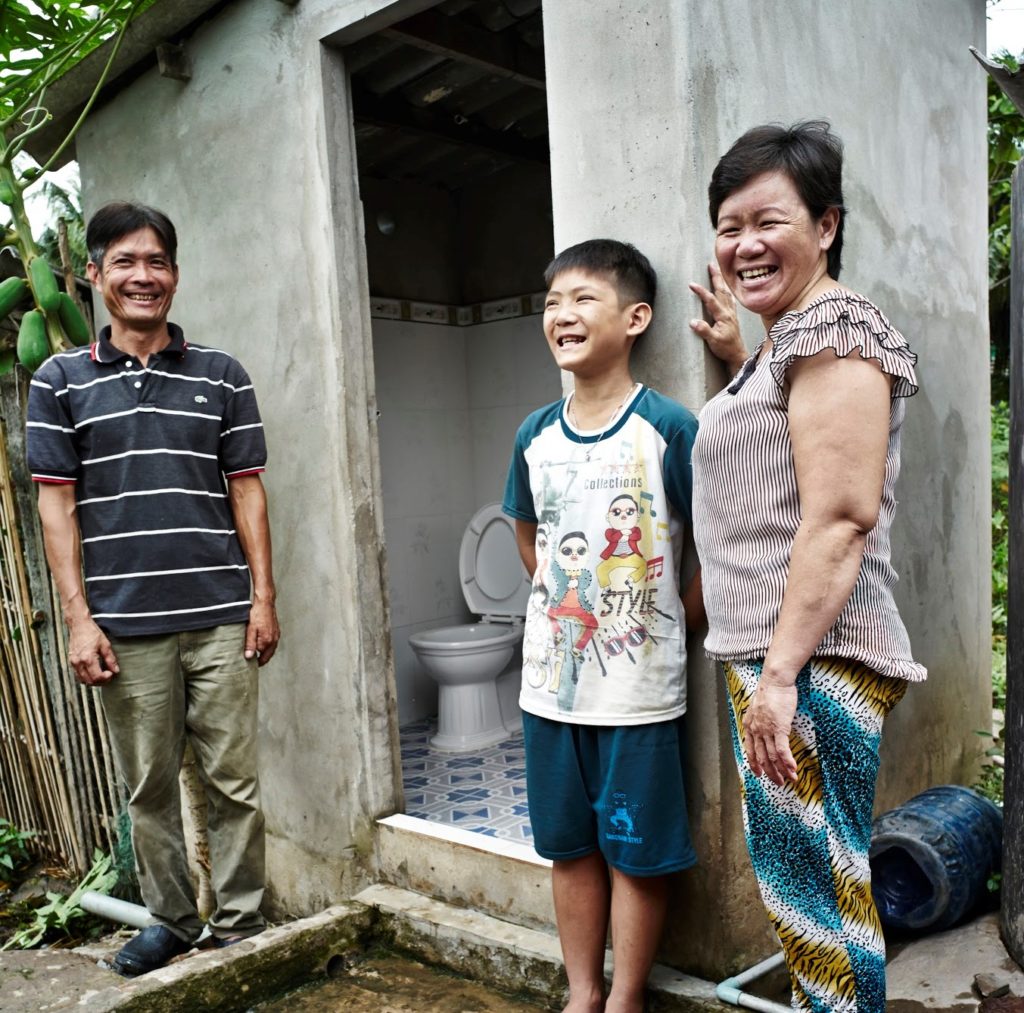The benefits of sanitation programming and service delivery are often not spread equally, and are leaving disadvantaged groups behind. Careful integration of support mechanisms designed to help disadvantaged groups access and use hygienic toilets and services has the potential to drive more equitable sanitation outcomes.
Incorporating processes within city planning and regulatory frameworks to support those without land tenures to access safe sanitation services like clean toilets and regular safe emptying of containment tanks can promote progress on urban outcomes.
When ‘support’ is discussed, financial subsidies often quickly come to mind. However, a broader practical understanding of support needs to encompass both ‘hardware’ mechanisms and ‘software’ approaches, as well as various combinations of the two.
Successful use of support mechanisms means that improved sanitation reaches and is used by everyone in an entire area, the enabling environment is strengthened, improvements in one area do not hinder progress in others or undermine markets, and support mechanisms can be feasibly scaled up.
When identifying disadvantaged groups for support, it is important to question assumptions about who needs what kinds of support and to draw on evidence. Identification should be viewed as an ongoing process that is monitored and evaluated to ensure that the intended recipients are receiving the support they need.
More research is needed to build the evidence base on what works and what doesn’t. Effective monitoring, evaluation and knowledge sharing processes are key to building this evidence base.







